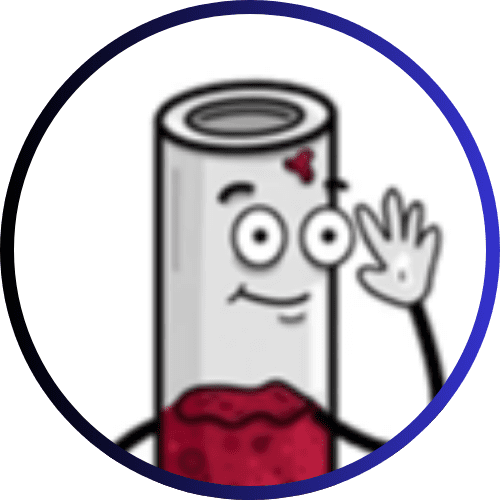Polyamines promote regeneration in the aging intestine
As we age, the intestines gradually lose their ability to regenerate after damage. An international team of researchers including the Leibniz Institute for Aging Research ŌĆō Fritz Lipmann Institute (FLI) in Jena and the University of Turin has now discovered that polyamines, small molecules that are naturally produced in the body, can play a decisive role in this process. By specifically activating the polyamine metabolism before damage, the researchers were able to restore the regenerative capacity of aging intestinal cells in a mouse model. A new potential approach to the treatment of age-related tissue damage.
The researchers found that during the regeneration of the small intestine of old mice, the balance of protein homeostasis (proteostasis) ŌĆō the fine balance between protein synthesis, folding and degradation ŌĆō is disturbed. As a result, faulty or “defective” proteins accumulate in old intestinal cells as they try to repair tissue damage. This buildup triggers cellular stress, which in turn impairs the cells’ ability to regenerate effectively.

“By analysing proteins and metabolites in intestinal tissue, and by conducting experiments showing how the gut recovers after damage caused by 5-fluorouracil (a chemotherapeutic agent), we were able to determine that the reduced regenerative capacity of older intestinal cells is not an inevitable consequence of aging. Rather, it is directly related to a disturbance of proteostasis,” explains Dr. Ori.
Polyamines as the key to regeneration
A comparison of the regenerative capacity of young and old mice showed that typical signs of proteostasis stress and elevated polyamine levels were only observed in the aged intestine after damage. Polyamines such as spermidine and putrescine are small, positively charged molecules involved in many cellular processes, including cell growth, cell proliferation, and proteostasis regulation.
In the experiments, it was found that old mice increased polyamine levels, especially after intestinal damage, probably to improve protein homeostasis and counteract the damage that occurred. “When polyamine metabolism is activated, for example through nutritional interventions or direct oral supplementation, protein homeostasis improves and the regeneration of the intestinal epithelium is accelerated again,” report Dr. Alberto Minetti and Dr. Omid Omrani, the principal investigators of the study. “Our data suggest that the aging intestine is still repairable at the molecular level and only needs the right molecular trigger to restart its ability to regenerate.”
Original Paper:
Editor: X-Press Journalistenb├╝ro GbR
Gender Notice. The personal designations used in this text always refer equally to female, male and diverse persons. Double/triple naming and gendered designations are used for better readability. ected.




